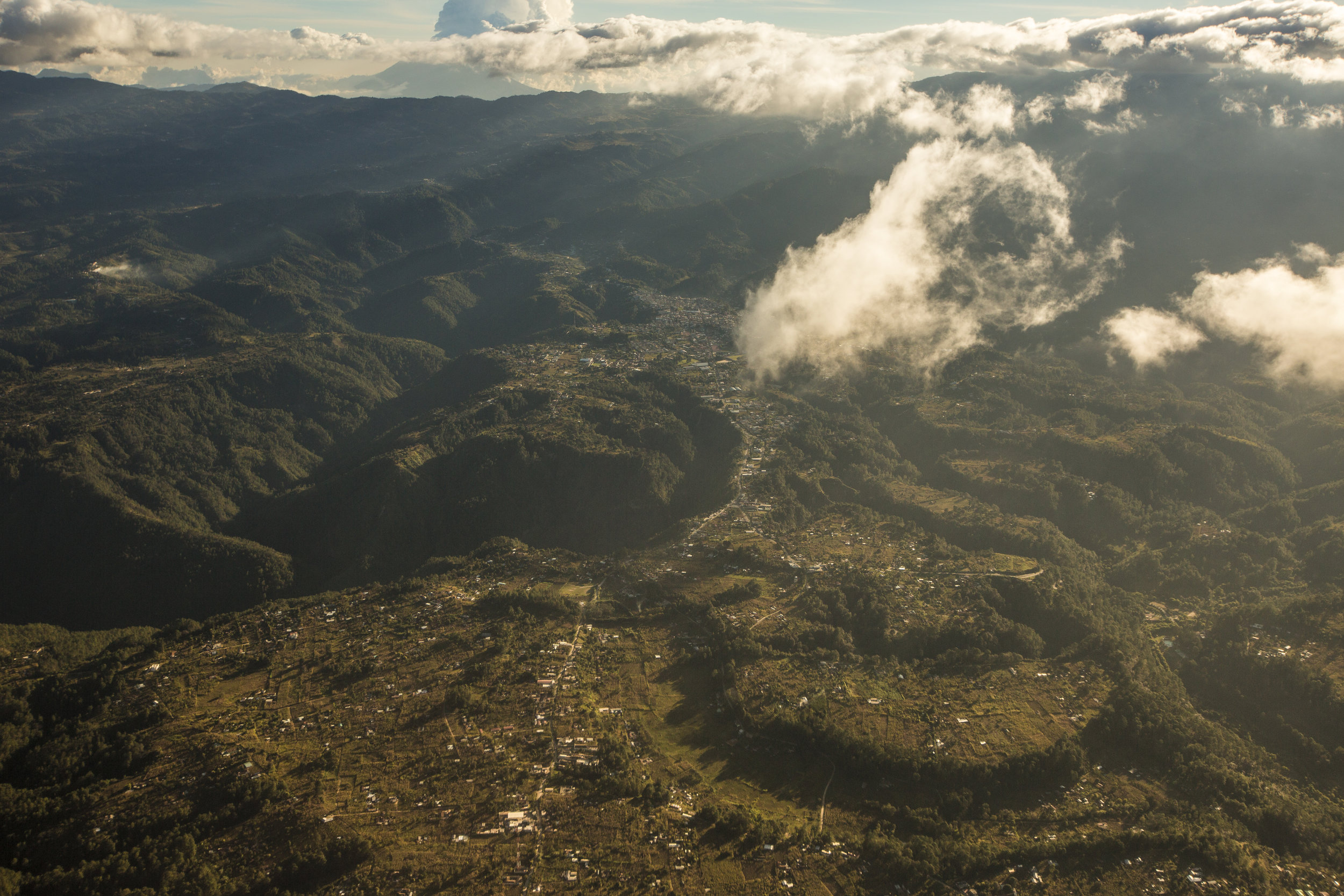What is a backstrap loom?
INDIGART Designs LLC partners with cooperatives led by indigenous women in Guatemala who still practice the ancient art of backstrap loom weaving. Backstrap loom weaving is a two-thousand-year-old tradition that can be found in Mayan pre-hispanic hieroglyphs. The loom used for this technique is horizontal and consists of sticks, ropes, and a strap that is tied behind the waist. The backstrap loom is easy to carry, is adjustable to the body, and can be easily transported. Women have traditionally been the weavers in Guatemalan culture, and they tend to do it from home while taking care of their families or while selling at the market.
Unfortunately, this art form is endangered due the effects of globalization, the fast-fashion mindset of consumers, and discrimination. Many indigenous women and men have been forced to give up their traditional clothing to adjust to modern Guatemalan society. Our wish is to support the creators of this art in the region. Therefore, we do not work with weavers or suppliers who are not the direct cultural owners of this art.
Hieroglyph of a female weaver on a backstrap loom found in the Mayan Codex, known as the Madrid Codex.
“Peace cannot exist without justice, justice cannot exist without fairness, fairness cannot exist without development, development cannot exist without democracy, democracy cannot exist without respect for the identity and worth of cultures and peoples.”
Tz’utujil weaver at our partner cooperative in Santiago Atitlán, Guatemala.
K’iché weaver and member of our partner cooperative in Quetzaltenango, Guatemala.
Our Partners
Our partners include women-led cooperatives located in the Guatemalan highlands. Two of these cooperatives were initiated in the 1980s by a group of indigenous women during the civil war. These women had to find a way to provide for their families when most of the men disappeared from their villages, so they decided to join forces and weave to survive. Indigenous men were considered guerrillas during these dark times, and many disappeared or were murdered. The Guatemalan highlands, especially the Quiché region, were the most affected by the atrocities of this war.
We only do business with indigenous women-led cooperatives to guarantee that the weavers and artisans are receiving a living wage and benefiting directly from each purchase. All of our products are hand-made using cotton. Cotton can be expensive for local Guatemalans, especially for larger pieces, so the cooperatives provide the materials to make sure that the weavers do not have to purchase it themselves. Our production cycle is “slow,” as it can take one weaver 4-6 weeks to create a piece.
INDIGART also has the dream to collaborate with indigenous backstrap loom weavers in other countries of the Americas, including Mexico, Peru, Ecuador, and Bolivia.
Rivera, Diego, The Weaver, 1936, The Art Institute of Chicago, USA.
“Whenever we are seen in regional traje, the ruling classes are reminded of the failure of their efforts to make us disappear, which have ranged from genocide to ideological coercion. Five centuries of humiliation have not succeeded in bringing Maya people to their knees.”
Aerial view of the Quiché region in the Guatemalan highlands. Photograph by © José Manuel del Busto Miralbés.





